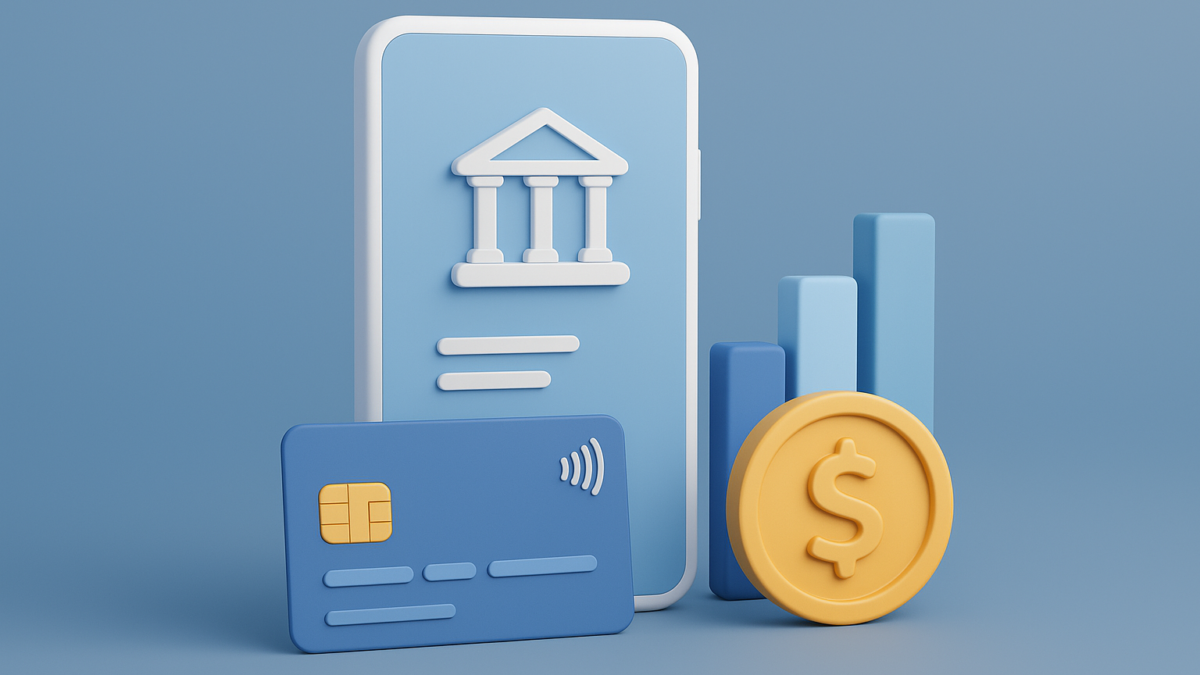FinTech 2025: How Digital Payments Are Redefining the Future of Money
The financial world is evolving faster than ever, and FinTech (Financial Technology) is at the center of this transformation. From digital wallets and Buy Now Pay Later (BNPL) services to blockchain and decentralized finance (DeFi), the way people move, invest, and save money is changing drastically.
As we head into 2025, digital payments are no longer just about convenience they are about building a cashless, borderless, and more inclusive economy. This blog explores how FinTech is driving the future of money and what trends will shape financial services in the coming years.
The Rise of Digital Payments
Cash is rapidly losing its dominance. A recent PwC report predicts that digital transactions will grow by more than 80% by 2025, fueled by mobile-first consumers and global eCommerce expansion.
Digital wallets like Apple Pay, Google Pay, and Paytm, along with P2P apps such as Venmo and Cash App, have made payments frictionless. For businesses, digital transactions mean faster settlements, improved transparency, and reduced operational costs.
Key Trends Shaping FinTech in 2025
1. Central Bank Digital Currencies (CBDCs)
Governments worldwide are experimenting with CBDCs, which blend the security of fiat money with the efficiency of digital payments. By 2025, countries like China and India will likely expand their CBDC pilots, reshaping global monetary policy.
2. Blockchain-Powered Transactions
Blockchain ensures secure, transparent, and tamper-proof payments. Beyond cryptocurrencies, financial institutions are now using distributed ledger technology for:
- Cross-border payments
- Smart contracts
- Fraud prevention
This will reduce transaction costs while making payments more efficient.
3. Embedded Finance
Embedded finance integrates financial services directly into non-financial apps. Think of Uber enabling instant driver payouts or Shopify offering lending services to merchants. By 2025, embedded finance is projected to become a $7 trillion market.
4. AI-Driven Risk Management
Artificial Intelligence is now integral to fraud detection, credit scoring, and customer personalization. In payments, AI analyzes billions of transactions in real time to flag anomalies, reducing fraud while improving trust.
5. BNPL and Micro-Payments
Buy Now Pay Later is expanding beyond retail into services, travel, and healthcare. At the same time, micro-payment solutions are enabling subscription-based models for everything from news to fitness apps.
Challenges in the Future of FinTech Payments
While innovation brings opportunities, it also introduces challenges:
- Cybersecurity Risks: More digital payments mean a higher risk of hacking, fraud, and identity theft.
- Regulatory Pressures: Governments must balance innovation with consumer protection.
- Financial Inclusion: Bridging the gap between tech-savvy urban populations and underserved rural communities remains a priority.
What It Means for Businesses
For startups and enterprises alike, adopting FinTech is no longer optional it’s a competitive necessity. Businesses that embrace cashless transactions, embedded finance, and blockchain-driven efficiency will be better positioned to win customer trust and expand globally.
Conclusion
By 2025, the FinTech revolution will fully transform the way money moves. Digital payments, blockchain, CBDCs, and embedded finance will create a financial ecosystem that is faster, smarter, and more inclusive.
For consumers, this means more convenience and accessibility. For businesses, it means scaling beyond borders with seamless financial infrastructure. The future of money is digital, and the future is already here.
Fill your pipeline with decision-makers, not dead ends. Get started with our B2B lead generation services today.





